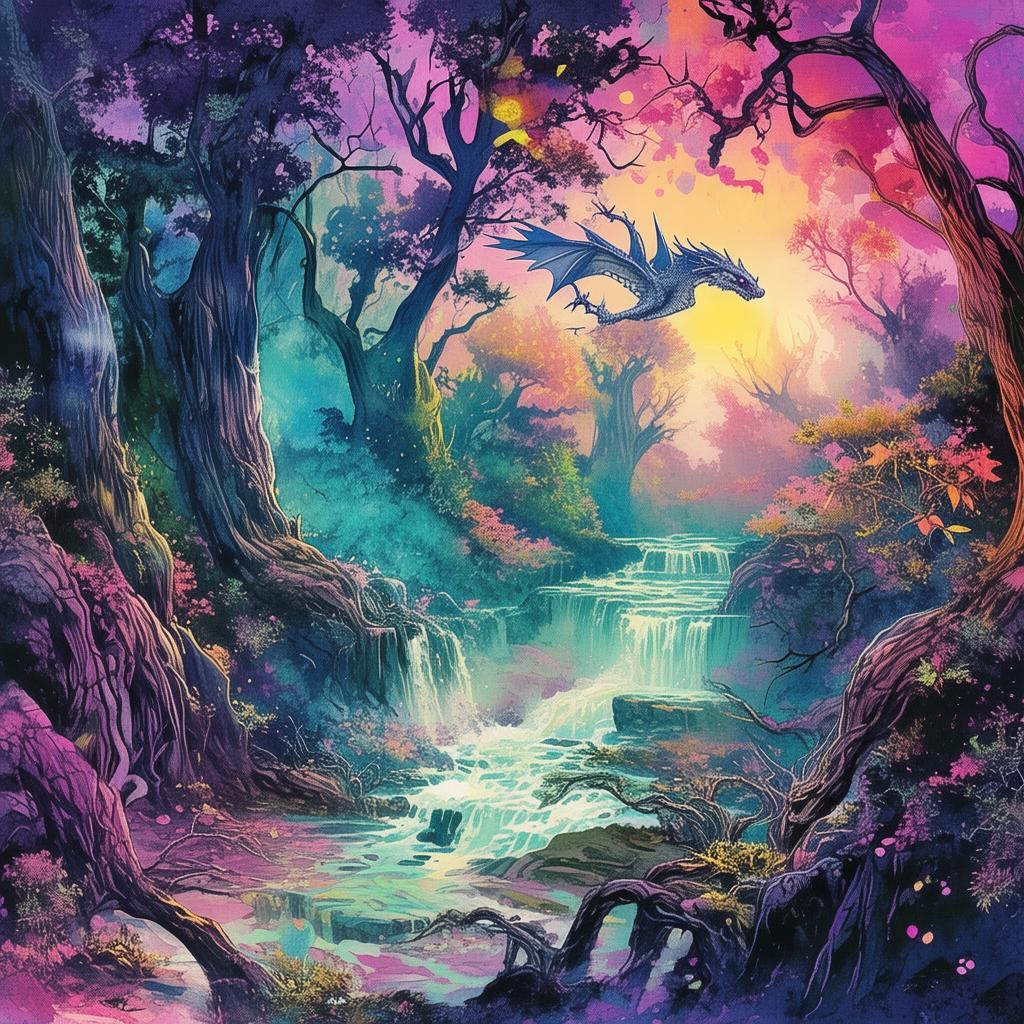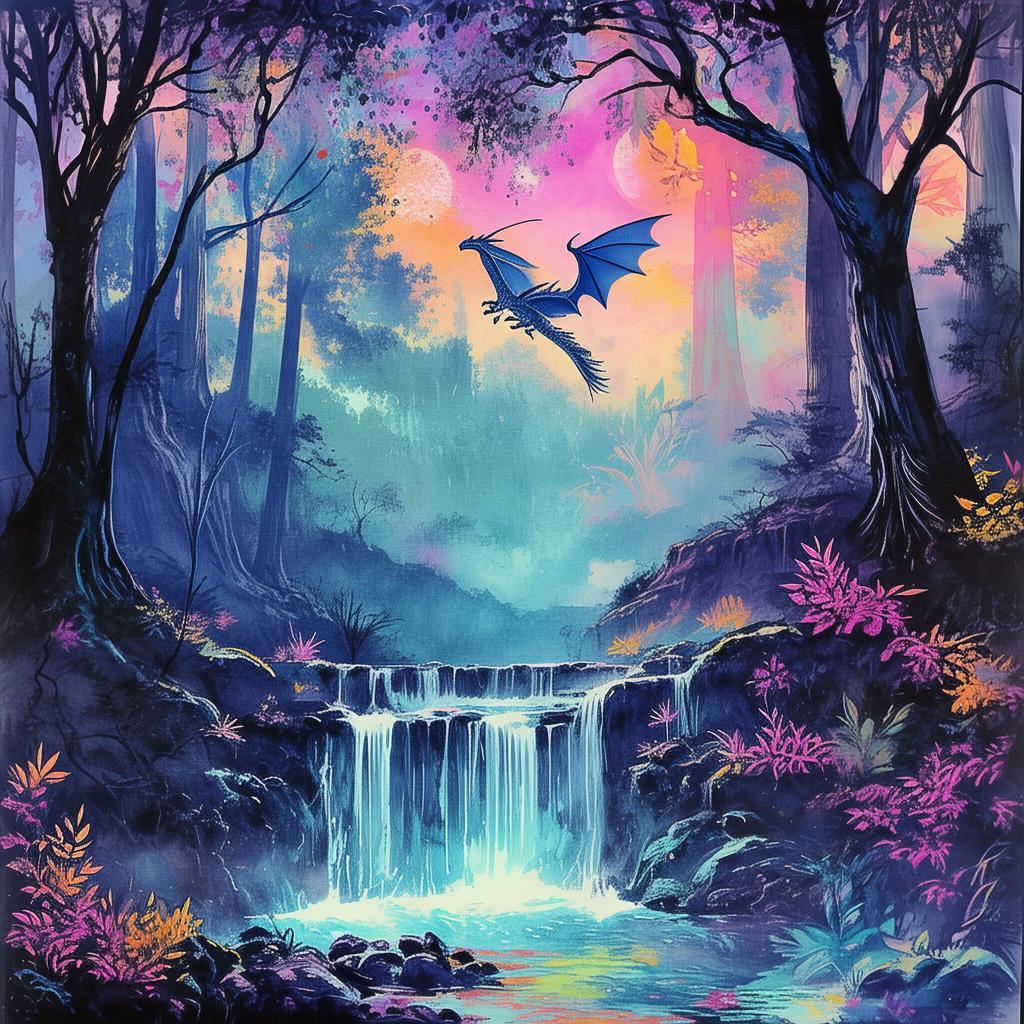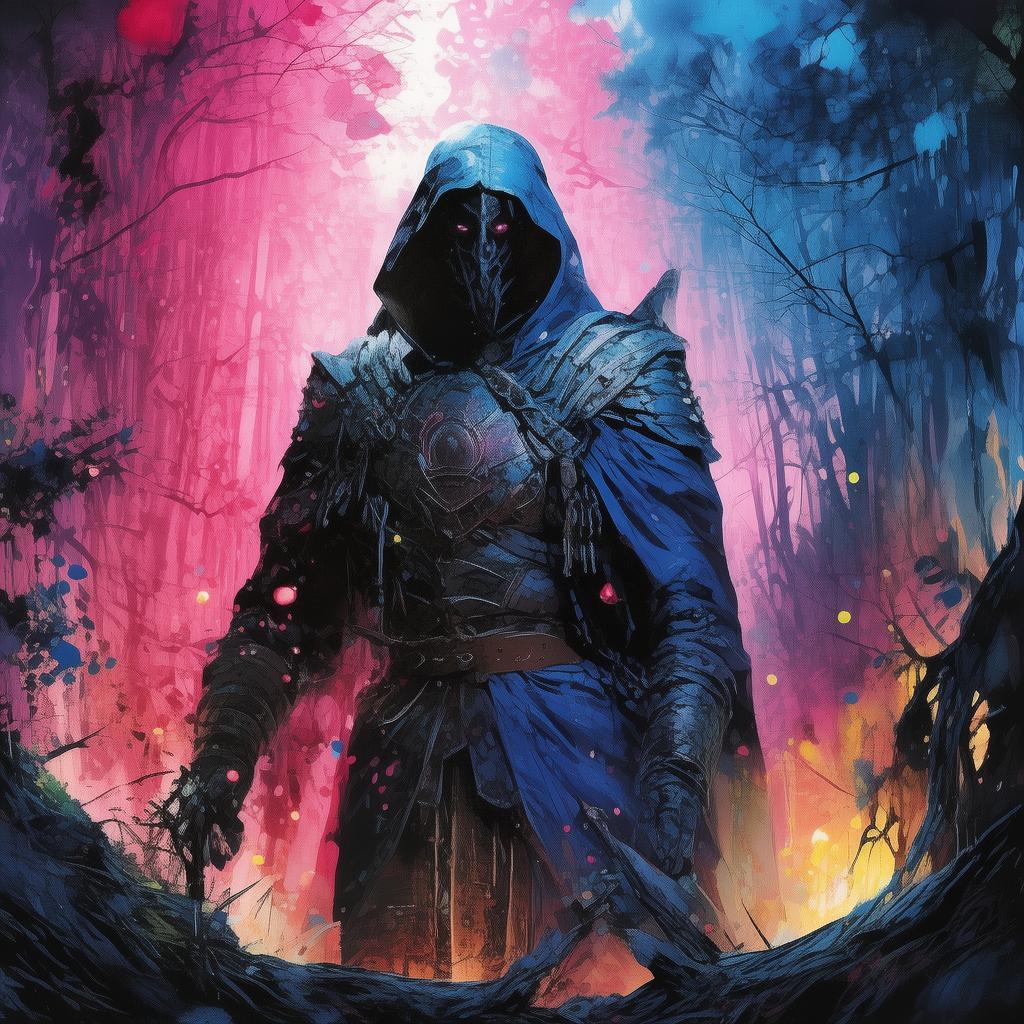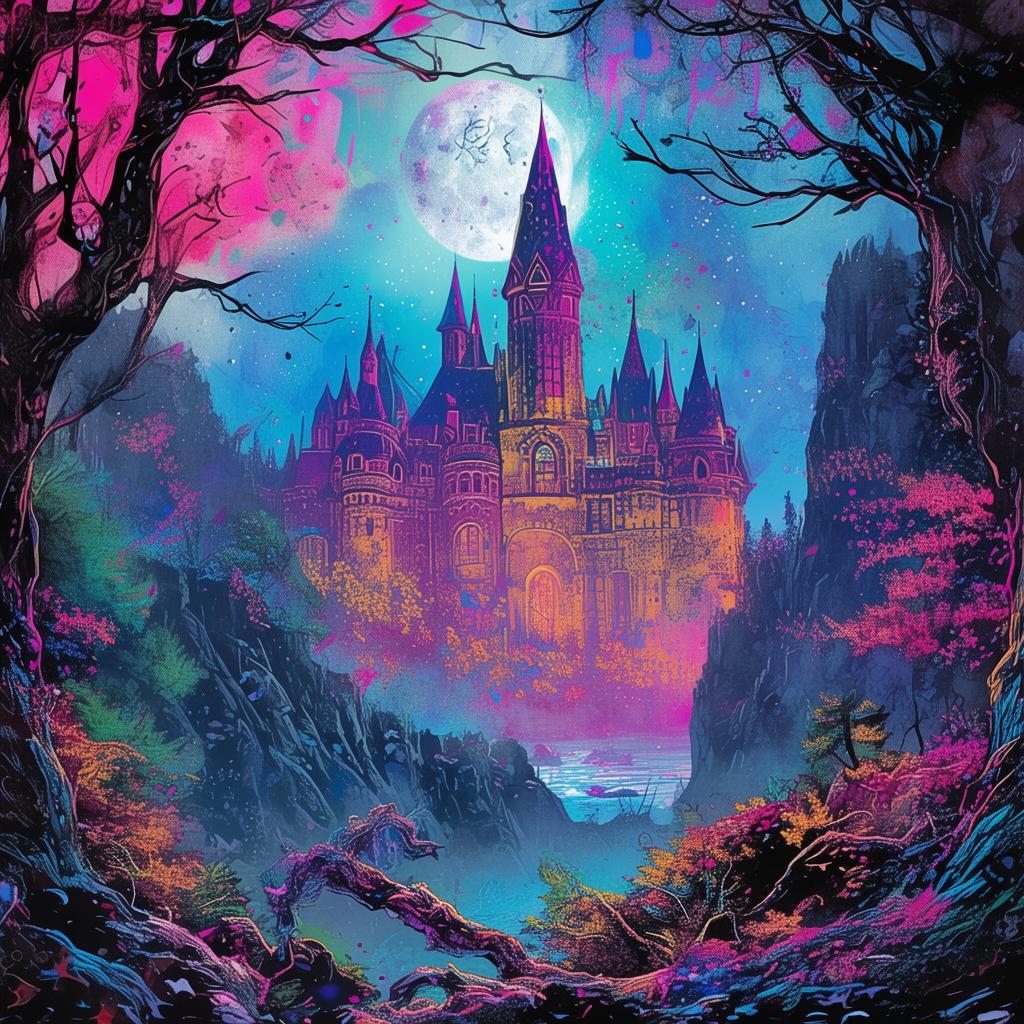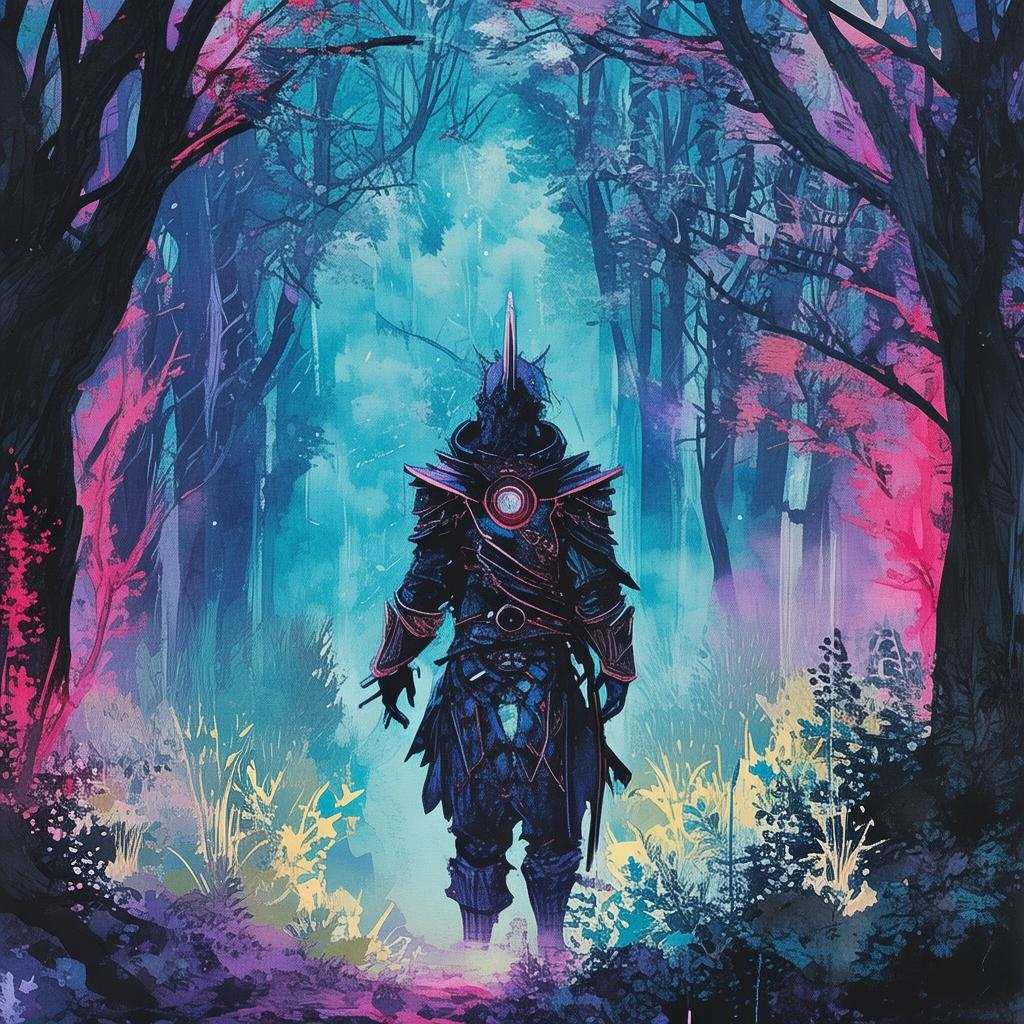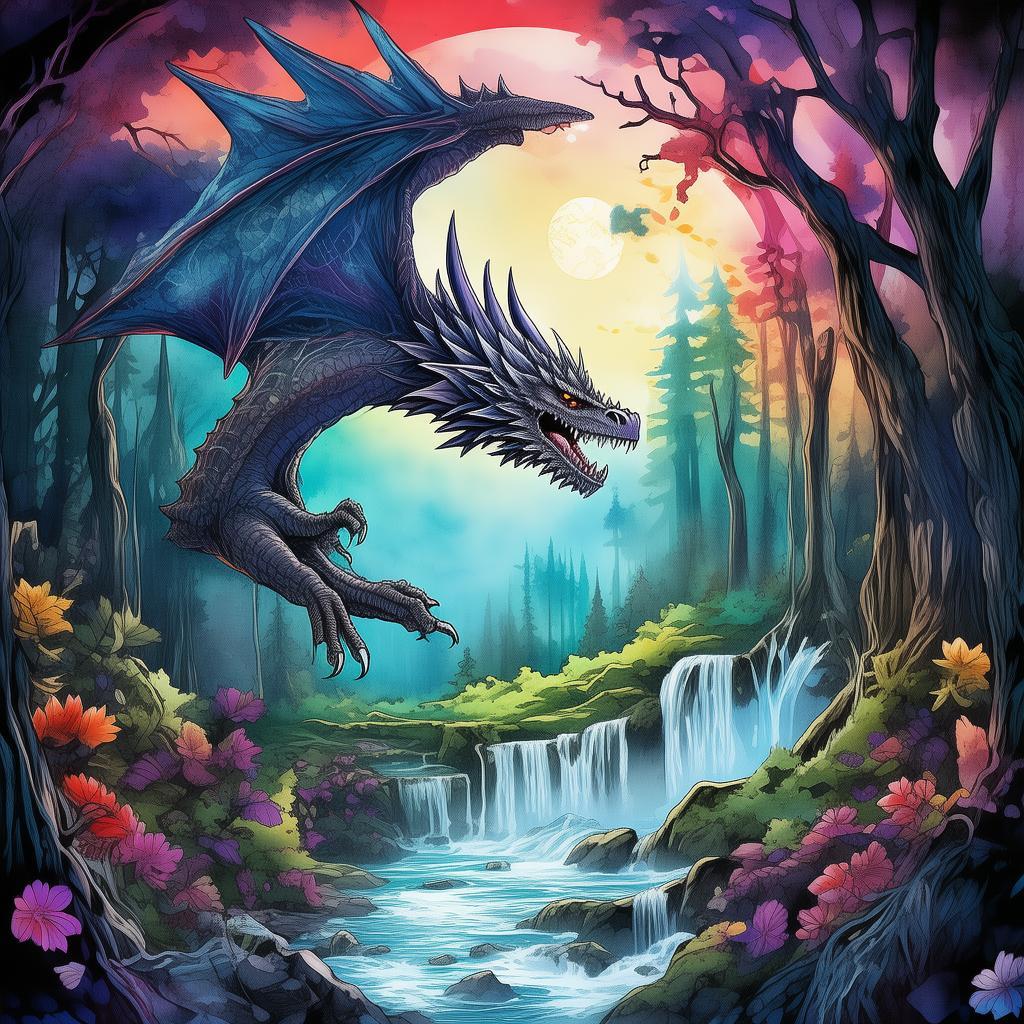The Whispers of the Forbidden Temple
In the year of the dragon, 1796, the young monk known as Ming had journeyed far from the bustling streets of Peking to seek enlightenment at the ancient and fabled Temple of the Azure Mist. The temple, nestled amidst the misty peaks of the Wudang Mountains, was said to hold the key to the most profound spiritual wisdom. Ming had left behind his family, his studies, and even his name, taking on the simple life of a monk, his heart burning with a singular purpose.
It was on a crisp autumn morning, with the sun barely rising above the horizon, that Ming finally arrived at the temple's entrance. The air was thick with the scent of pine and incense, and the temple's ancient stones seemed to pulse with ancient energy. Ming felt a strange thrill of anticipation, knowing that this journey would test every ounce of his will and spirit.
The temple was a marvel of ancient architecture, its walls adorned with intricate carvings of dragons and celestial beings. As Ming stepped inside, the air grew colder, and the sounds of the outside world faded into silence. The temple was vast and labyrinthine, filled with rooms that seemed to hold their own secrets, waiting to be discovered.
One night, as the moon hung full and bright in the sky, Ming stumbled upon a hidden door behind an altar in the Temple of the Azure Mist. The door, old and creaking, was painted with symbols that Ming had never seen before—symbols that spoke of forbidden knowledge and the power to transform the soul. Without hesitation, Ming pushed open the door, revealing a narrow passageway that led into darkness.
The passageway was a torturous path, filled with treacherous stairs and hidden traps. Ming's heart raced with fear and excitement, each step taking him deeper into the unknown. He felt as if he were being drawn to some profound truth, some piece of wisdom that would change his life forever.
After what seemed like an eternity, Ming emerged into a vast chamber. The room was lit by a single lantern, its light flickering with each breath he took. In the center of the room stood a pedestal, and upon it was an ancient scroll, wrapped in silk and covered in runes.
Ming approached the pedestal cautiously, his fingers trembling with anticipation. As he unrolled the scroll, the runes began to glow, and a voice echoed in his mind. It was the voice of an ancient sage, a master of the spiritual arts, who had once sought enlightenment in the very room Ming now stood in.
The sage spoke of the five elements—fire, earth, water, air, and void—and how they were the essence of existence, the threads that wove the tapestry of the universe. The sage also spoke of a forbidden ritual, one that could unlock the true power of the elements and grant the practitioner the ability to control the very fabric of reality.
Ming realized that the scroll was not just a document of wisdom, but a key to the deepest secrets of the spiritual realm. He understood that the ritual required great sacrifice and could bring about a transformation that would either save the world or destroy it.
In the days that followed, Ming trained with the utmost intensity, learning the ancient practices and harnessing the power of the five elements. His journey was not just one of self-discovery, but of responsibility. The weight of the world seemed to hang upon his shoulders as he delved deeper into the mysteries of the forbidden temple.
As the days turned into weeks, Ming began to sense a presence in the temple, a force that seemed to be watching him, guiding him, and testing his resolve. It was a presence that reminded him of the sage's voice, and it was a presence that told him he was not alone in this quest.
One night, as the full moon hung overhead, Ming faced the ultimate test. He performed the forbidden ritual, and the temple's energy swirled around him, intense and overwhelming. With a surge of power, he felt himself transcending his physical form, becoming one with the elements, and understanding the interconnectedness of all things.

When Ming awoke, he found himself in the very same room, but everything around him had changed. The room was now bathed in a soft, golden light, and the symbols on the walls glowed with an otherworldly sheen. Ming knew that he had become a guardian of the spiritual realm, charged with the duty to protect the world from the dark forces that sought to disrupt the balance of the five elements.
Ming stepped back from the pedestal, the ancient scroll in hand, and looked out into the temple. The journey had transformed him, not just physically, but spiritually. He was no longer the young monk who had first arrived at the temple's gates. He was a protector, a sage, and a link between the spiritual and material worlds.
With a sense of peace and purpose, Ming set out to share the knowledge he had gained with the world, determined to use the power of the elements for the greater good. The whispers of the forbidden temple had changed him forever, and the world would never be the same.
The story of Ming's transformation spread like wildfire throughout the Qing Dynasty, inspiring generations to seek their own paths to enlightenment. And so, the legend of the Temple of the Azure Mist, the whispers of the forbidden temple, would forever be etched in the annals of history, a testament to the indomitable spirit of the human quest for understanding and power.
✨ Original Statement ✨
All articles published on this website (including but not limited to text, images, videos, and other content) are original or authorized for reposting and are protected by relevant laws. Without the explicit written permission of this website, no individual or organization may copy, modify, repost, or use the content for commercial purposes.
If you need to quote or cooperate, please contact this site for authorization. We reserve the right to pursue legal responsibility for any unauthorized use.
Hereby declared.
